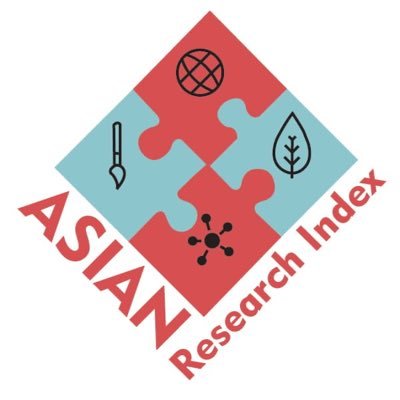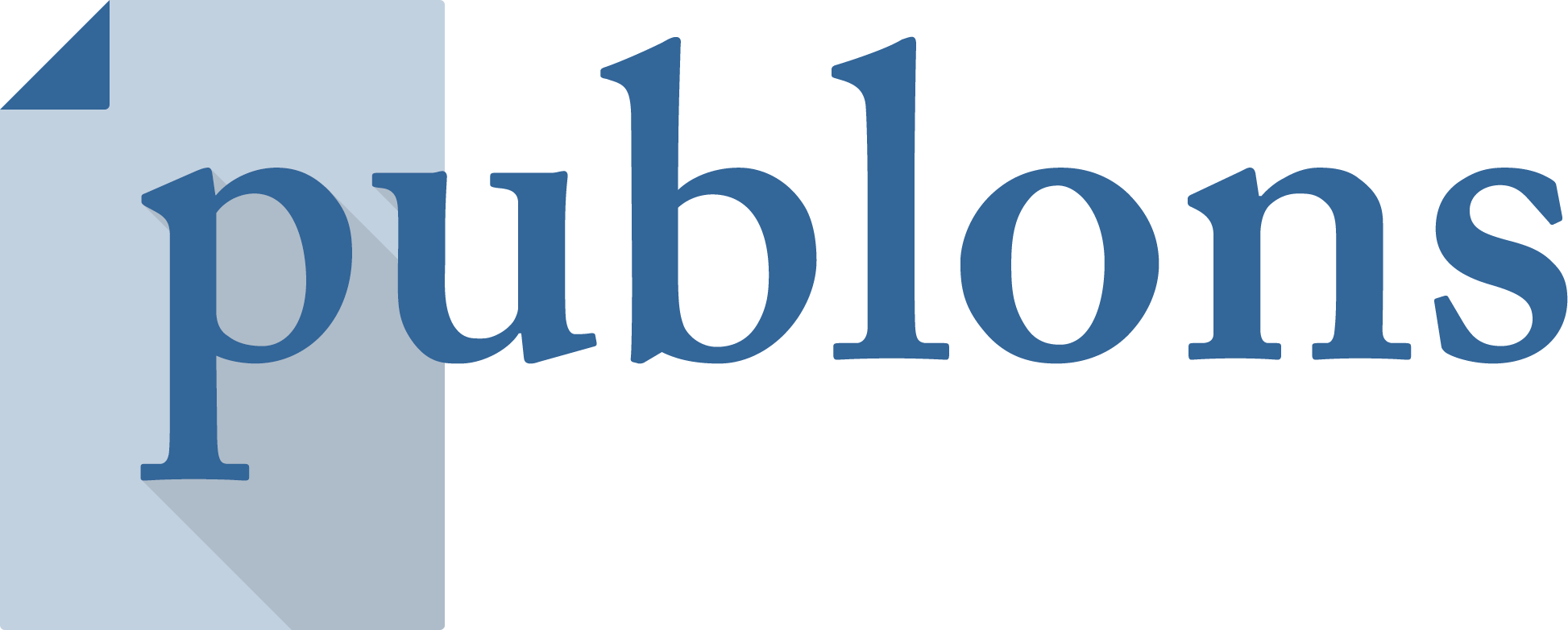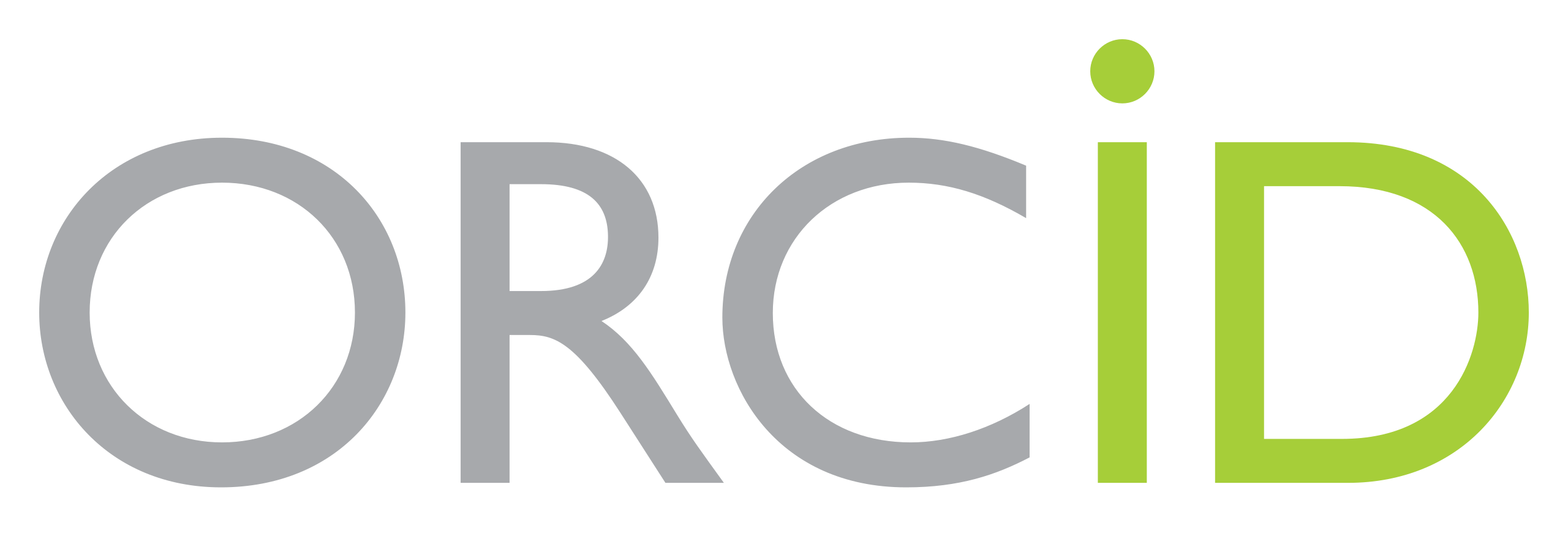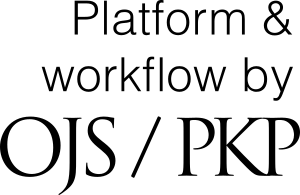Prevalence of Burnout Syndrome among Physical Therapists of an Academic Private Institute of Lahore
DOI:
https://doi.org/10.55735/ywq4z690Keywords:
Burnout inventory , Burnout syndrome , Emotional exhaustion , Private institutesAbstract
Background: Due to the exhaustive working climate and chronic stressful conditions, academic physical therapists are highly prone to emotional strain and work-related stress that ultimately leads them towards burnout syndrome. Objective: To evaluate the prevalence of burnout syndrome among academic physical therapists of private institutes that delineate the causative agents that contribute to developing this threat among academic physical therapists. Methodology: The study design used in this study was a descriptive cross-sectional design, completed in six months. It is a multicentered study that included Lahore University of Biological and Applied Sciences, Fatima Memorial College, Rashid Latif Medical College, Akhtar Saeed Medical and Dental College, and Shalamar Medical and Dental College. Permission from the Ethical Committee of the Lahore University of Biological and Applied Sciences was obtained. Non-probability convenient sampling was taken into consideration for recruiting a sample of 71. The private institutes that were educating the Doctor of Physical Therapy program affiliated with the University of Health Sciences were included in this study. Maslach Burnout Inventory scale was used to assess the prevalence of burnout syndrome. Prior consent from all the academic physical therapists was drawn. The study variables were presented in the form of descriptive statistics (tables, graphs, and percentages). The questionnaire was accompanied by an informational sheet that explained the nature and purpose of the study and explained that consent was taken from every therapist. The respondents were assured that their responses would remain confidential. Results: A total of 49 academic physical therapists were approached, and all of them responded. The overall prevalence of burnout was 22.4%, with depersonalization and personal accomplishment at 71.4% and 95.9%, respectively. Conclusion: The prevalence of burnout among academic physical therapists of private institutes that are affiliated with UHS was 22.4% with a high level of depersonalization and a low level of personal accomplishment. Therefore, our study suggests that these private institutes should take pragmatic measures to cope with stressful conditions for the physical and mental well-being of academic physical therapists and to improve their working efficiencies.
Downloads
References
1. Bhagavathula AS, Abegaz TM, Belachew SA, Gebreyohannes EA, Gebresillassie BM, Chattu VK. Prevalence of burnout syndrome among health-care professionals working at Gondar University Hospital, Ethiopia. Journal of Education and Health Promotion 2018;7(1):145. Available from: https://doi.org/10.4103/jehp.jehp_196_18 DOI: https://doi.org/10.4103/jehp.jehp_196_18
2. Klingemann J, Mokros Ł, Sienkiewicz-Jarosz H, Świtaj P. The prevalence of occupational burnout and its individual and situational predictors among addiction therapists. Alcohol and Alcoholism 2023;Available from: https://doi.org/10.1093/alcalc/agad074 DOI: https://doi.org/10.1093/alcalc/agad074
3. Botiakova VV. Prevalence of burnout syndrome in healthcare workers in North and South America, and Asia from 2018 to 2022. Art of Medicine 2023;205–13. Available from: https://doi.org/10.21802/artm.2023.2.26.205 DOI: https://doi.org/10.21802/artm.2023.2.26.205
4. Slewa-Younan S, Armstrong G. Mental health promotion for refugees and other culturally and/or linguistically diverse migrant populations. 2022. Available from: https://doi.org/10.3390/books978-3-0365-4713-8 DOI: https://doi.org/10.3390/books978-3-0365-4713-8
5. Ma Y. Boosting teacher work engagement: the mediating role of psychological capital through emotion regulation. Frontiers in Psychology 2023;14. Available from: https://doi.org/10.3389/fpsyg.2023.1240943 DOI: https://doi.org/10.3389/fpsyg.2023.1240943
6. 2023 Alzheimer’s disease facts and figures. Alzheimer S & Dementia 2023;19(4):1598–695. Available from: https://doi.org/10.1002/alz.13016 DOI: https://doi.org/10.1002/alz.13016
7. Bakker AB, Demerouti E, Sanz-Vergel A. Job Demands–Resources Theory: Ten years later. Annual Review of Organizational Psychology and Organizational Behavior 2022;10(1):25–53. Available from: https://doi.org/10.1146/annurev-orgpsych-120920-053933 DOI: https://doi.org/10.1146/annurev-orgpsych-120920-053933
8. Reardon CL, Hainline B, Aron CM, Baron D, Baum AL, Bindra A, et al. Mental health in elite athletes: International Olympic Committee consensus statement (2019). British Journal of Sports Medicine 2019;53(11):667–99. Available from: https://doi.org/10.1136/bjsports-2019-100715 DOI: https://doi.org/10.1136/bjsports-2019-100681
9. Corrado B, Ciardi G, Fortunato L, Iammarrone CS. Burnout syndrome among Italian physiotherapists: a cross-sectional study. European Journal of Physiotherapy 2019;21(4):240–5. Available from: https://doi.org/10.1080/21679169.2018.1536765 DOI: https://doi.org/10.1080/21679169.2018.1536765
10. Padaki AS, Noticewala MS, Levine WN, Ahmad CS, Popkin MK, Popkin CA. Prevalence of posttraumatic stress disorder symptoms among young athletes after anterior cruciate ligament rupture. Orthopaedic Journal of Sports Medicine 2018;6(7). Available from: https://doi.org/10.1177/2325967118787159 DOI: https://doi.org/10.1177/2325967118787159
11. Bakker AB, Demerouti E, Sanz-Vergel A. Job Demands–Resources Theory: Ten years later. Annual Review of Organizational Psychology and Organizational Behavior 2022;10(1):25–53. Available from: https://doi.org/10.1146/annurev-orgpsych-120920-053933 DOI: https://doi.org/10.1146/annurev-orgpsych-120920-053933
12. Arndt BG, Beasley JW, Watkinson MD, Temte JL, Tuan WJ, Sinsky CA, et al. Tethered to the EHR: Primary care physician workload assessment using EHR event log data and Time-Motion observations. The Annals of Family Medicine 2017;15(5):419–26. Available from: https://doi.org/10.1370/afm.2121 DOI: https://doi.org/10.1370/afm.2121
13. Waller L, Waller SK. Higher Education - Reflections from the Field - Volume 3. 2023. Available from: https://doi.org/10.5772/intechopen.112127 DOI: https://doi.org/10.5772/intechopen.112127
14. Ovharhe OH. Sustainable Development Goals: Therapeutic Entrepreneurship and Entrepreneurship Injelititis among West African Countries. WORLD JOURNAL OF ENTREPRENEURIAL DEVELOPMENT STUDIES 2023;7(1):87–113. Available from: https://doi.org/10.56201/wjeds.v7.no1.2022.pg87.113 DOI: https://doi.org/10.56201/wjeds.v7.no1.2022.pg87.113
15. Blake H, Bermingham F, Johnson G, Tabner A. Mitigating the psychological impact of COVID-19 on healthcare workers: a digital learning package. International Journal of Environmental Research and Public Health 2020;17(9):2997. Available from: https://doi.org/10.3390/ijerph17092997 DOI: https://doi.org/10.3390/ijerph17092997
16. Wiederhold BK. Connecting through technology during the coronavirus disease 2019 pandemic: Avoiding “Zoom Fatigue.” Cyberpsychology Behavior and Social Networking 2020;23(7):437–8. Available from: https://doi.org/10.1089/cyber.2020.29188.bkw DOI: https://doi.org/10.1089/cyber.2020.29188.bkw
17. Bhagavathula AS, Abegaz TM, Belachew SA, Gebreyohannes EA, Gebresillassie BM, Chattu VK. Prevalence of burnout syndrome among health-care professionals working at Gondar University Hospital, Ethiopia. Journal of Education and Health Promotion 2018;7(1):145. Available from: https://doi.org/10.4103/jehp.jehp_196_18 DOI: https://doi.org/10.4103/jehp.jehp_196_18
18. Saxena S, Funk M, Chisholm D. WHO’s Mental Health Action Plan 2013-2020: what can psychiatrists do to facilitate its implementation? World Psychiatry 2014;13(2):107–9. Available from: https://doi.org/10.1002/wps.20141 DOI: https://doi.org/10.1002/wps.20141
19. Brinkhaus B, Falkenberg T, Haramati A, Willich SN, Briggs JP, Willcox M, et al. World Congress Integrative Medicine & Health 2017: Part one. BMC Complementary and Alternative Medicine 2017;17(S1). DOI: https://doi.org/10.1186/s12906-017-1782-4 DOI: https://doi.org/10.1186/s12906-017-1782-4
20. Anderson EZ, Gould-Fogerite S, Pratt C, Perlman A. Identifying stress and burnout in physical therapists. Physiotherapy 2015;101:e1712–3. Available from: https://doi.org/10.1016/j.physio.2015.03.126 DOI: https://doi.org/10.1016/j.physio.2015.03.126
21. Nursing NNC of SBO. The NCSBN 2023 Environmental Scan: Nursing at a Crossroads—An Opportunity for Action. Journal of Nursing Regulation 2023;13(4): S1–48. Available from: https://doi.org/10.1016/s2155-8256(23)00006-6 DOI: https://doi.org/10.1016/S2155-8256(23)00006-6
22. Du Plessis, T., S. Visagie, et al.. The prevalence of burnout amongst therapists working in private physical rehabilitation centers in South Africa: a descriptive study. South African Journal of Occupational Therapy 2014:44(2): 11-15.
23. Elbarazi, I., T. Loney, et al. Prevalence of and factors associated with burnout among health care professionals in Arab countries: a systematic review."BMC Health Services Research 2017:17(1): 491. DOI: https://doi.org/10.1186/s12913-017-2319-8

Downloads
Published
License
Copyright (c) 2025 The Healer Journal of Physiotherapy and Rehabilitation Sciences

This work is licensed under a Creative Commons Attribution 4.0 International License.














